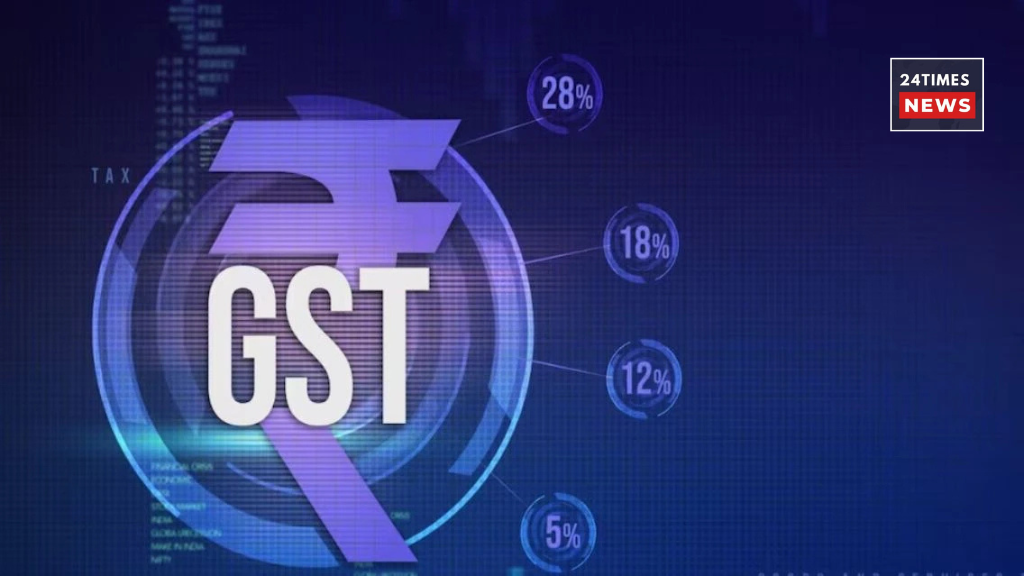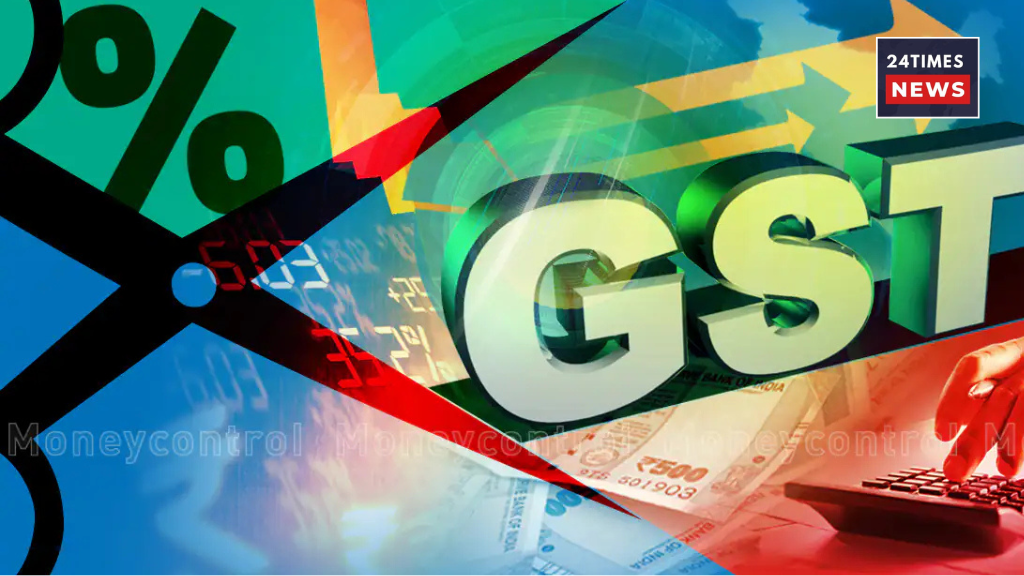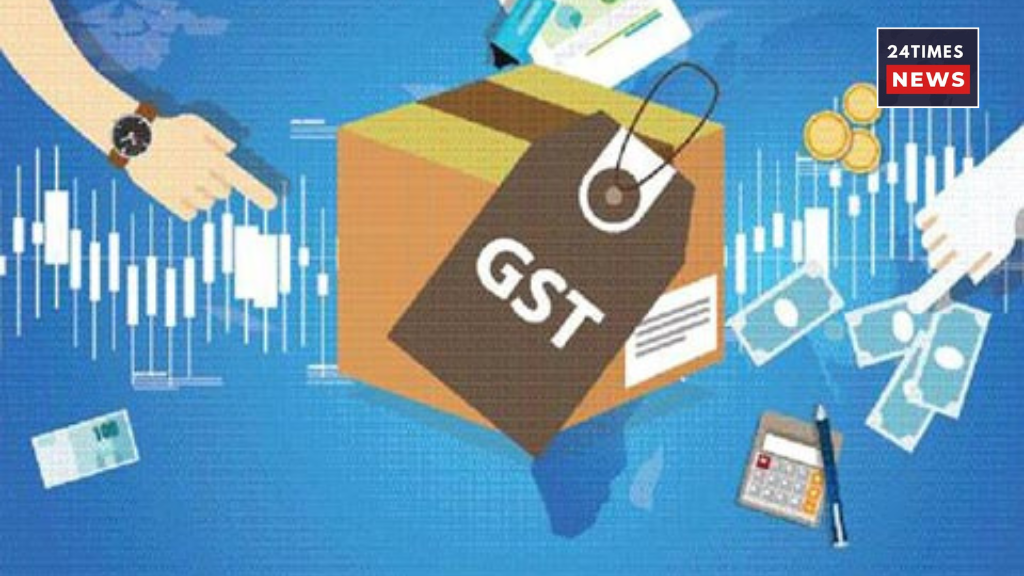Technology market
The finance ministry declared shortly after PM Modi’s address that it has recommended to the Group of Ministers (GoM) a two-tiered GST rate structure, with unique rates for specific commodities. In order to lessen the tax burden on common goods, the administration intends to implement “next generation” GST reforms during the current fiscal year.A group of state finance ministers was advised by the Centre to limit the GST structure to two categories: “standard” and “merit”. Additionally, extra pricing could be applied to particular items.

While just 5% of revenue comes from the 12% tax band, 11% comes from the highest tax rate of 28%, which is applied to luxury and sin items. Seven percent of the overall GST revenue comes from the lowest 5% levy on necessities for everyday usage.
A increasing conflict between affordability and revenue is reflected in the discourse. Sceptics contend that India’s market is moving toward high-end devices and doesn’t require tax breaks, while manufacturers view reduced GST as a means of promoting digital inclusion and increasing exports. With the sector waiting to learn if smartphones will be considered essential commodities under the impending GST revisions, the government now has the last say.
Luxury and demerit items, such as vehicles and pan masala, are subject to varying rates of compensatory cess. The GST Council must devise a system for calculating the tax rates on items that are now subject to the compensatory cess regime, which is scheduled to end on March 31, 2026.

Focus on components and accessories
Additionally, the group has requested that the government include phone accessories and parts in the same 5% slab. They contend that eliminating tax inconsistencies and promoting greater value addition in India would result from aligning all categories.
The managing director of Lava, Sunil Raina, emphasized that low-cost devices will be most affected. The government’s goal of digitization is impossible without reasonably priced gadgets. The greatest impact will be experienced by the ₹10,000 sector in particular, he stated.
Historical appeals and present-day momentum
This is not a novel demand. A compromise of 12% GST had previously been proposed by the sector. However, the 5% slab campaign has gained new momentum as a result of Prime Minister Narendra Modi’s Independence Day speech about lowering the tax burden for regular people.





